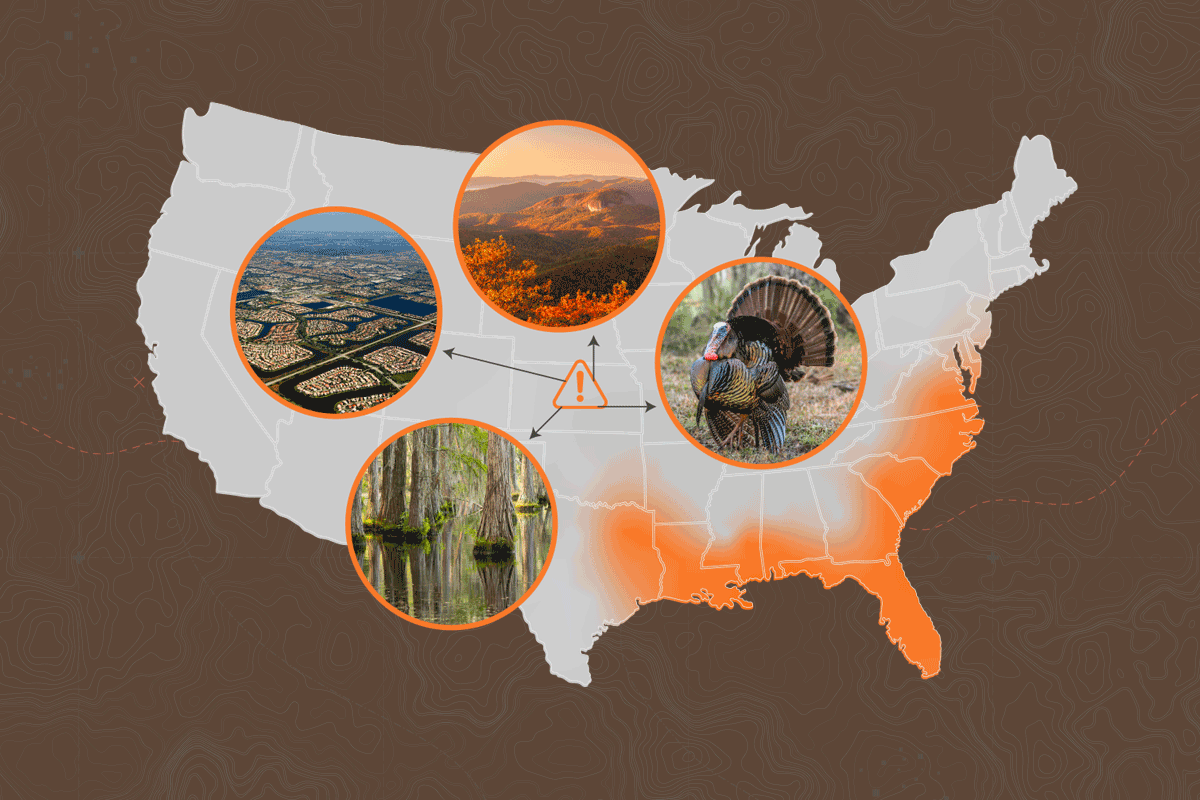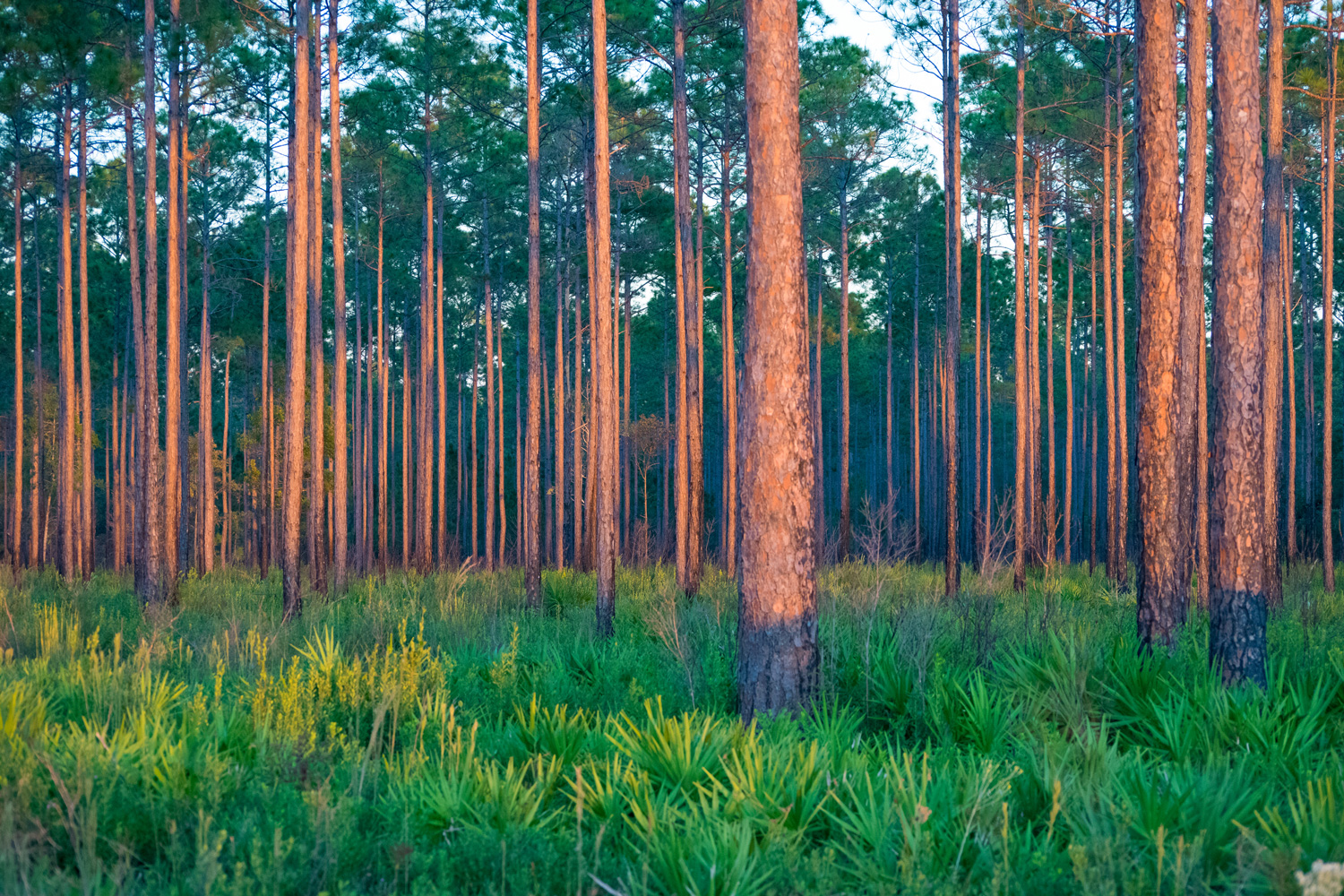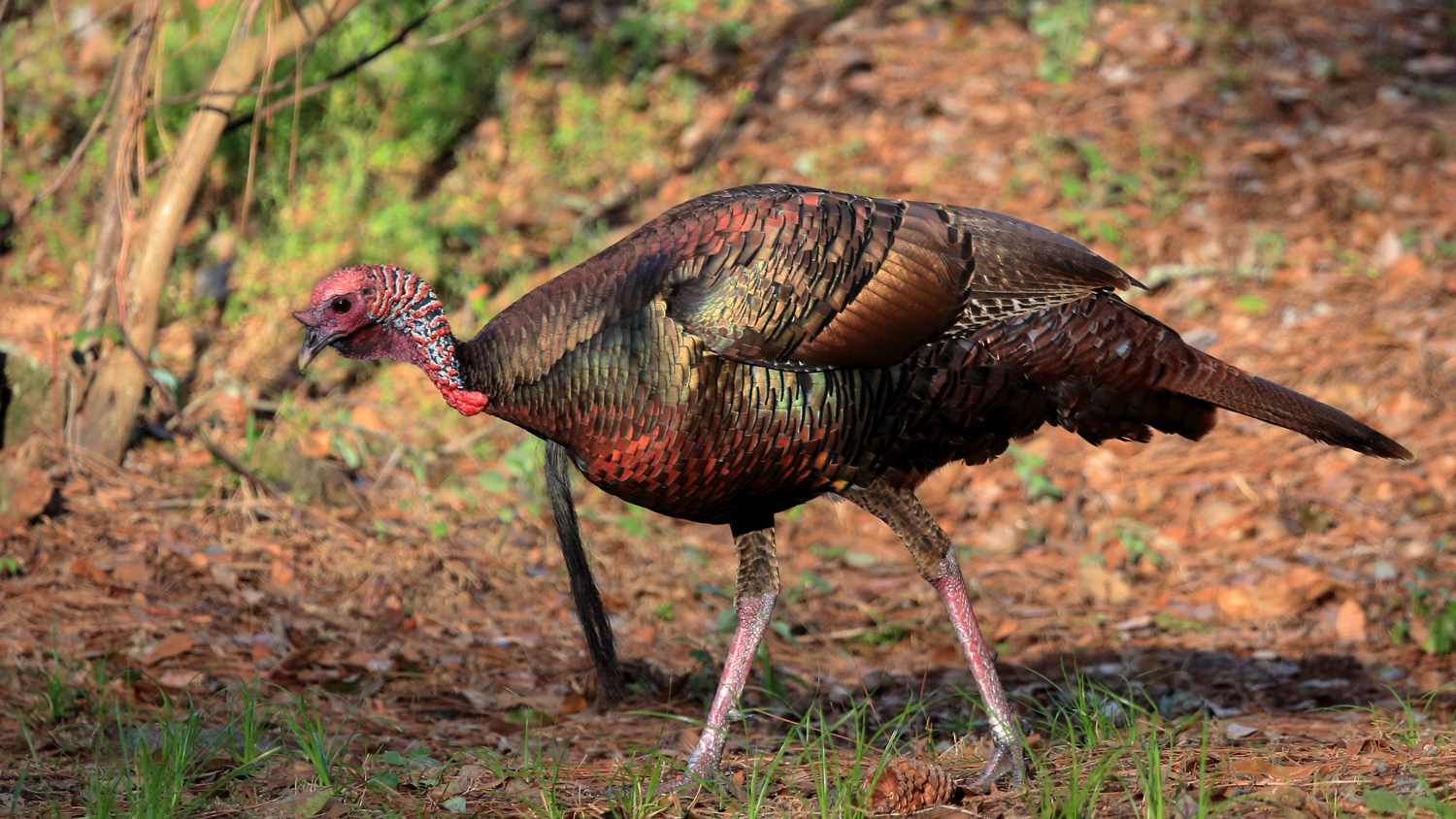America's Southern Piney Woods
Healthy forests are economically important and their natural diversity provides great wildlife habitat.
An Overview
States in NWTF’s Southern Piney Woods region include: Alabama, Mississippi, Georgia, Louisiana, Arkansas, Oklahoma, Texas, North Carolina, South Carolina, Virginia and Florida.
Healthy forests are economically important, and their natural diversity provides great wildlife habitat. However, the wildlife potential of many southern forests is unrealized due to the lack of active forest management. We must maintain and promote forest diversity in the South. It’s time for a southern pine revival.
Development, urban sprawl and growing agricultural operations are rapidly altering the southern landscape. We must recognize the value and importance of active stewardship and management of our remaining habitat to slow the pace of development. Restoring and maintaining a diversity of southern habitat types, including wildlife openings, native ground cover and pine ecosystems, will provide excellent wildlife habitat and environmental benefits, leading to clean air and water and overall more turkeys on the landscape.
Active management, including timber harvests, thinnings and prescribed fire, creates and maintains healthy, diverse forests of varied ages and species, which provide the quality habitat wild turkeys and countless other species need to thrive.
Fortunately, NWTF volunteers, wildlife biologists, foresters and partners have joined forces to actively manage our Southern Piney Woods forests for the betterment of wildlife and the people who enjoy them. We subscribe to the philosophy of “thin and burn,” using thinning and prescribed fire to keep forests healthy. The NWTF is revitalizing its Southern Piney Woods through both regional and landscape-scale initiatives alike.
The NWTF is collaborating with an array of partners on a variety of projects that will ensure the wild places in NWTF’s Southern Piney Woods stay wild and continue to provide great habitat.
Regional projects include the work NWTF state chapters fund through the NWTF Super Fund. Super Fund dollars are raised by NWTF local chapters in a state and go toward benefiting projects in their respective state. Projects like this include creating wildlife openings on WMAs, creating early successional habitat in national forests or funding land purchases; for instance, the NWTF Georgia State Chapter recently helped fund a 6,300-acre land purchase to expand the Canoochee Sandhills WMA.
When this regional work is combined with an adjacent state or state in the same Big Six Region, it augments the work the NWTF is doing from a national level through its landscape-level initiatives.
The NWTF has created a handful of landscape-level initiatives across the country that address specific issues of concern and incorporate an array of traditional and nontraditional partners, agencies and interested parties. These groups combine resources, funding and expertise that ultimately benefits the wildlife, forests, private lands and wetlands on an entire landscape.
NWTF’s Southern Piney Woods is involved in multiple landscape-scale initiatives, including the National Forestry Initiative, Longleaf Restoration Initiative, Shortleaf Pine Initiative and the White Oak Initiative.
In NWTF’s Southern Piney Woods, the endangered longleaf pine ecosystem is of the utmost importance. To bring longleaf pine ecosystems back to their historic range takes both work at a regional and landscape level.
Your Support Makes a Difference.


